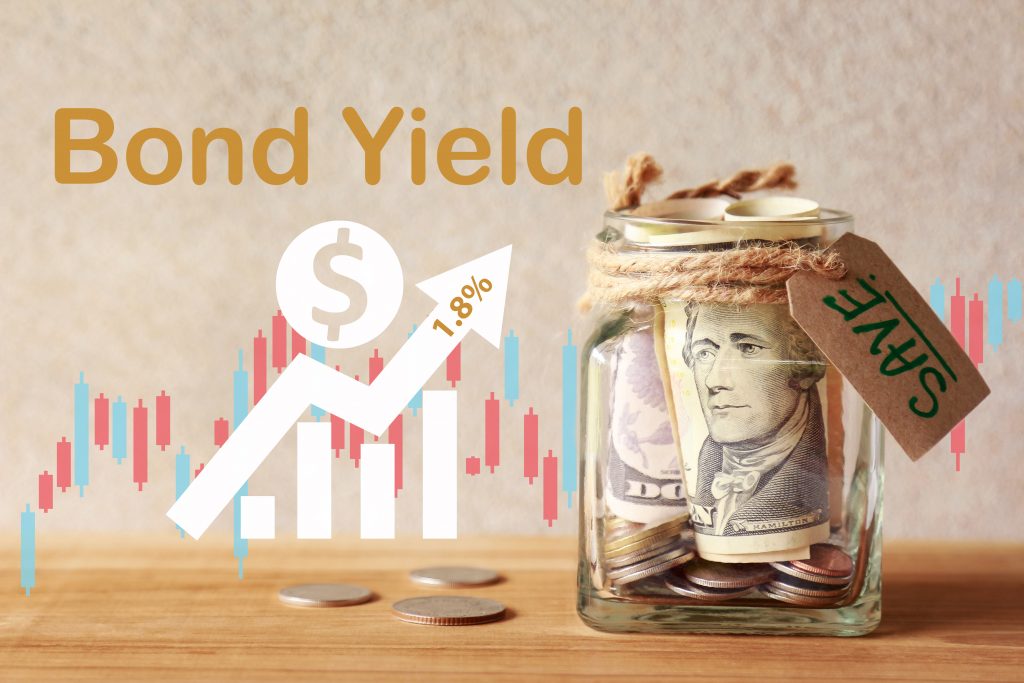No matter how stable, any investment involves a certain amount of risk, and intelligent investments aim to reduce these risks while maximizing returns. Among the most efficacious ways to achieve this goal is to manage portfolio risk, including identification, evaluation, measurement, and risk management & reduction associated with any investment.
It starts with the initial investment and continues throughout the portfolio’s life. In Risk management, we are allowed to take a holistic approach while developing a long-term vision for the portfolio, balancing the risks and rewards of various investments to ensure our capital’s healthy and sustainable growth.
Another significant market price fluctuation in recent memory occurred in 2020. The volatility may frighten new investors, especially if they lose money during spring trading.

It was a scary time when the Dow Jones variable of over a thousand points in early 2020 was considered a typical day. And to say that panic was a thrilling call from the market would be an understatement. Unfortunately, times like these have happened historically and will happen again. But it would be best for you if you did not let that hold you back from making wise investment decisions.
If we want success in our investment, risk management does not mean altogether avoiding it. Have you heard the phrase? – “No harm comes back, go upstairs to find out more!” Of course, there is always a part of the risk, but we will guide you to manage it well!
Therefore, the diversity of risks helps us create opportunities for higher profits that help us make our wealth. When investing in hazardous investment tools, we need to apply investment risk management strategies that minimize losses and investment risk. So, in this week’s blog, we’ll discuss Investment Risk Management And Reduction Strategies.
Strategy 1: Asset Allocation
Proper asset allocation refers to the way you measure an investment in your portfolio to try to meet a specific goal. It is an act of investing in various categories of assets, such as:

- Stocks
- Bonds
- Another investment
- Money
Different commodity categories offer different levels of potential return and market risk. For example, unlike stocks and bonds of companies, government T bonds provide a guaranteed principal and interest – although the financial markets in which they invest do not. But, as with any security, previous performance does not reflect future results. And the distribution of assets does not guarantee a profit.
Strategy 2: Understand Your Tolerance:
Risk Tolerance refers to an investor’s ability to withstand the risk of losing his investment. Risk tolerance mainly depends on the investor’s age and current financial obligations. For instance, if you are an individual in your 20s, unmarried, and have few financial responsibilities, you are more likely to be risky than other investors in your 50s and married to college students. So as a general rule, small investors are more tolerant of risk than older investors.
Therefore, if we start investing early, we can begin our investment journey with an investment portfolio of pure equity that is more focused on creating more aggressive wealth.

Strategy 3: Risk Variability
The first and foremost step in constructing any portfolio is diversity. It is an investment strategy where we separate investment funds into different categories of assets such as stocks, bonds, commodities, treasury liabilities, cash deposits, or real estate. Variability should extend within the asset class as well. For example, one should buy shares and bonds in different industries instead of packing all their money into one sector. In addition, foreign assets react differently to a particular event. Diversity limits investor exposure to any investment or industry, allowing the portfolio to absorb the impact of an adverse event.
Strategy 4: Follow The Trend
Practice your friend until the end. Another way for management of investment risk is to buy only the best stocks or Commodity Trading Funds (ETFs) and sell them if they break their trend line support. You can draw your trend lines by connecting a series of high-density charts or using a moving average of 50 or 200 days to act as support. Then, you are selling if the price exceeds that level of approval by a predetermined fee. Related: check latest data at NYSE.
Strategy 5: Cash, Cash, And Other Cash
Cash is king. That saying is timeless — and rightly so. They also say never market markets. That statement, too, is correct. But with money in hand, you are in control, and you get to see when the stock is considered over-selling. This presents an excellent opportunity to buy.

Having money alleviates your exposure to a challenging market and protects you from emergency finances in case you need it. For example, if you frequently see a lot of stocks on the stock market due to panic, competing calls, or very greedy bears, having an extra income will open your eyes to the price of securities at a discount.
Strategy 6: Review of Portfolio Diversity And Assets.
You may have heard the expression “do not put all your eggs in one basket.” A portfolio diversification — allocating money across all categories of assets and sectors — can help prevent a catastrophic decline. If you have one stock tank, other different classes may not be as difficult.
Investors may want to consider having two or more joint ventures representing different styles, such as large-cap, mid-cap, small-cap, and international stocks and maintaining the appropriate percentage of timeline on bonds. Those about to retire may want to consider adding funds to their mortgage. This will help in risk management.
But investors should be aware of the accumulation. Investors tend to think they are different because they have a few various funds, but on closer inspection, they see that all those investments are invested in the same or similar stock.
Strategy 7: The Average Cost Of Dollars
The dollar-cost rating is a strategic investment strategy that can help adjust the effects of market volatility in your portfolio.

In this way, you spend a certain amount of money buying stocks, bonds, and regularly shared funds. As a result of that, you will be able to buy more shares and then when prices are lower and again fewer shares when prices are higher than earlier. As a result, the average cost of your claims will usually be lower than the average value of those shares over time. And because the strategy is structured, it can help you avoid making investment decisions emotionally (thus reducing investment risk).
Strategy 8: Instead of Making Time in the Market, Focus on Time in the Market:
Instead of buying quickly by setting the market, we should focus on staying longer in the market. Only then the benefits of integration can be enjoyed. If we invest heavily in the stock market, minor adjustments will not affect our portfolio and reduce investment risk and management of risk.
Strategy 9: Avoid Decisions Based On Emotions
Among the biggest mistakes and errors in building a portfolio is making emotional decisions. It is easy to be swayed by rumors and is heavily invested in a personal portfolio. However, portfolio risk management determines whether we use risk analysis when assessing any assets. Similarly, avoid sticking to stocks by using stop loss orders to limit losses or gains. When a trader is instructed to buy or sell stock at a specific price, a stop-loss order is placed.
Strategy 10: Rebalancing The Portfolio

Long-term investors may control and management of the risk by selling stocks from time to time or supplies that are about to take over most of their portfolios. They will sell those assets and buy more stocks or ETFs that do not work well. This can be a required method of low-cost and high-selling.
Conclusion
Since every investment has a particular risk, creating an investment portfolio that guarantees non-existent threats is impossible. Using the strategies in blog above can help that you will find the right balance between risk and return.
This will lead to the continued growth of your investment and help you achieve your financial goals. We sincerely hope you find this blog post very informative and powerfully apply the information in the real world. Show love by sharing this blog with your family and friends and helping us with our financial information dissemination campaign. Related:Risk Management : Introduction & Basics










